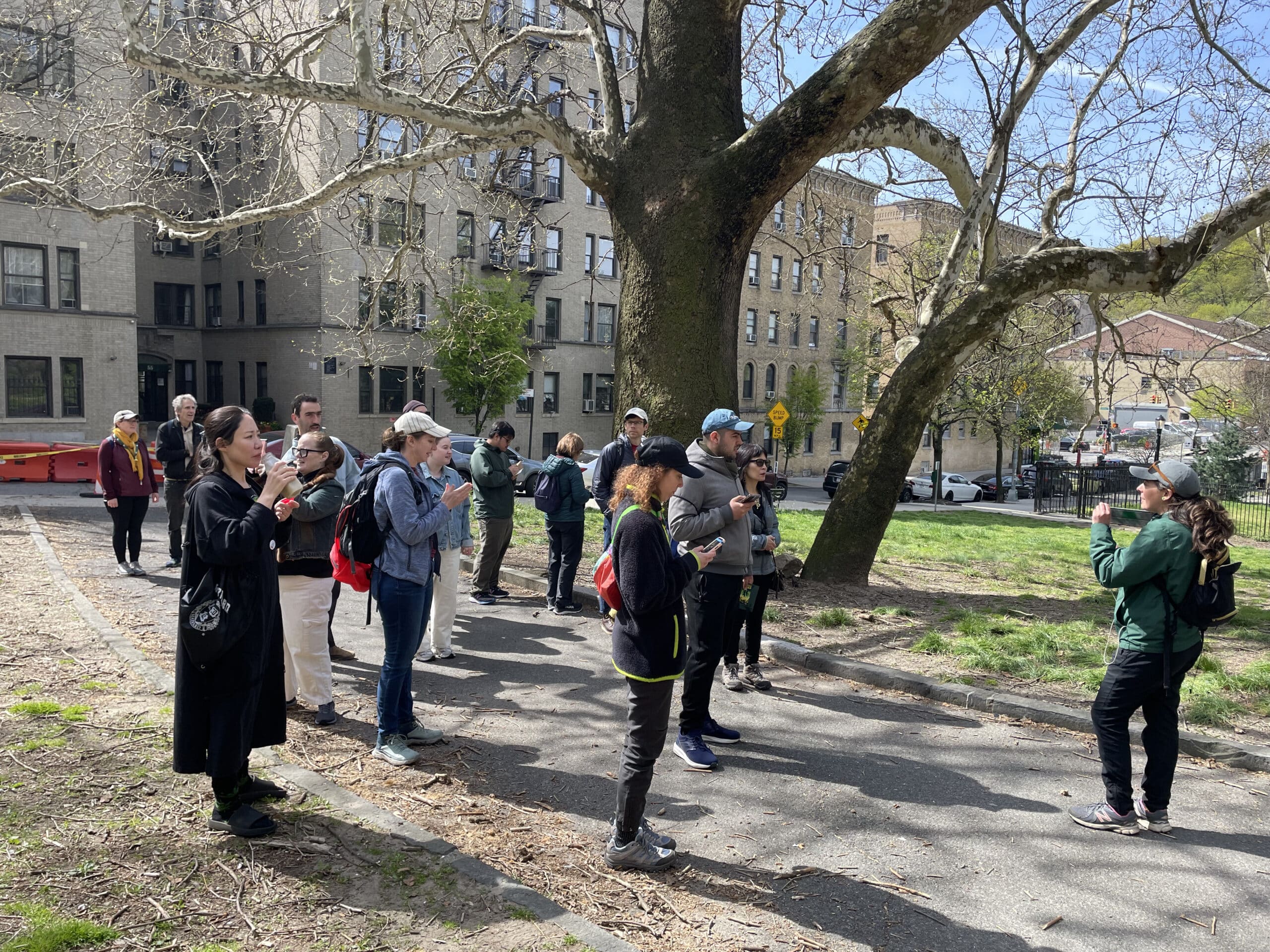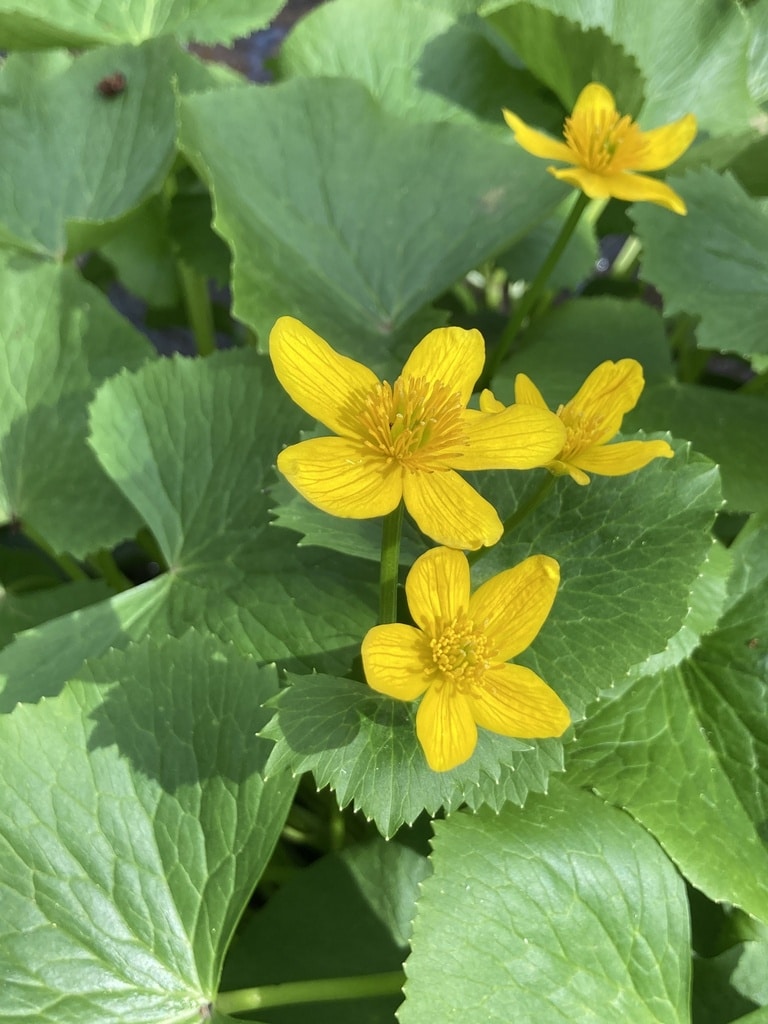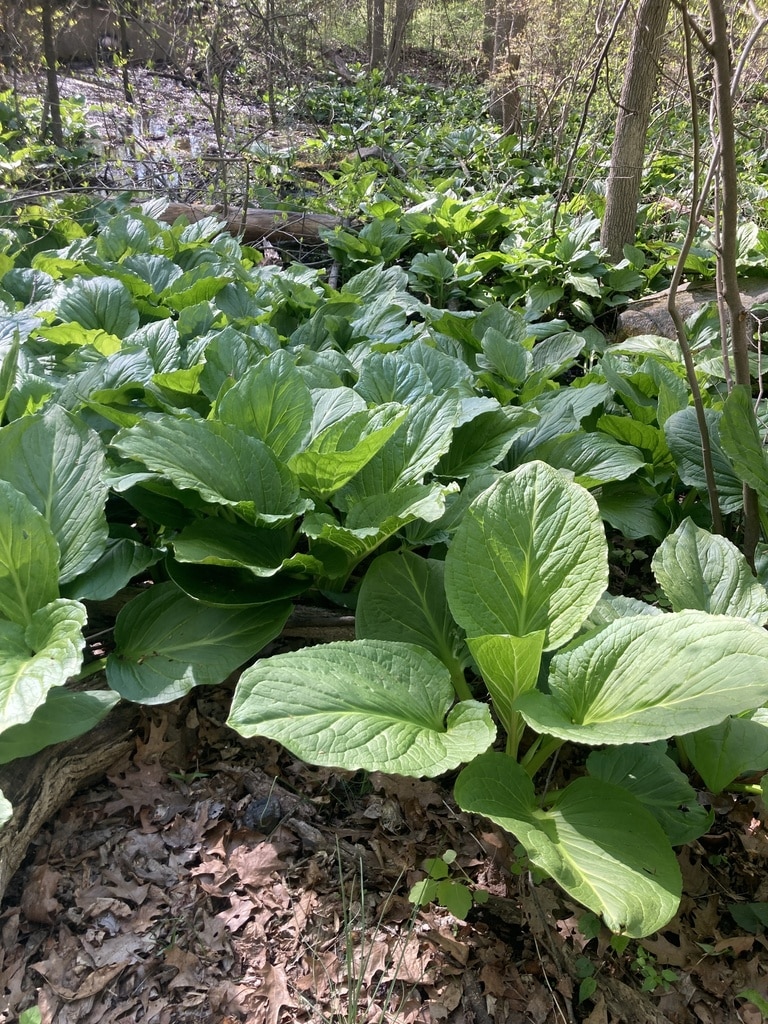5 Fascinating Finds From Last Year’s City Nature Challenge
By Natural Areas Conservancy on April 07, 2025

By Natural Areas Conservancy on April 07, 2025

 By Melissa Rosenthal, Community Engagement Coordinator
By Melissa Rosenthal, Community Engagement CoordinatorThe City Nature Challenge is an annual international bioblitz occurring over the course of four days during the last weekend of April. Citizen scientists across the world use the free app, iNaturalist, to capture observations of flora and fauna and partake in a friendly competition to see which city can acquire the most. In 2024, NYC had 25,314 observations of 2,193 species made by 987 people! Of that group, NAC hosted a competition for our network in which 2,761 observations were recorded by 26 people. As we gear up for this year’s City Nature Challenge, let’s look back at some of the interesting discoveries captured in 2024.
Read on below to learn about five fascinating finds and where you can spot them in NYC!

Where to spot: Van Cortlandt Park, Flushing Meadows Corona Park, Prospect Park
Marsh-marigold is a native spring ephemeral that flowers from late March to June. It is part of the buttercup family and found in wetlands including forest swamps and marshes. Their abundance of pollen and nectar attract a variety of insects, but they are most commonly pollinated by hoverflies. Interestingly, marsh-marigold seeds are often dispersed by rain and water-currents! Their follicles open up to create a ‘splash cup’ that enables the seeds to be expelled when a raindrop hits it at the proper angle. Additionally, their seeds have a spongy coat that allows them to float on water.

Where to spot: Alley Pond Park, The Greenbelt
A rare find in NYC, the yellow spotted salamander has only been observed in two boroughs: Queens and Staten Island. This amphibian lives primarily underground, only coming to the surface after rain or for breeding and foraging. The best time of the year to find them is from early March to late May, generally near a vernal pool. These sites are ideal for breeding, as they hold water long enough for the development of the larvae but dry out often enough to exclude fish that would eat the salamander eggs.

Where to spot: Pelham Bay Park, Wolfe’s Pond Park, Central Park
While skunk cabbage, a flowering plant in the Araceae family, is fairly common in NYC it has some unique characteristics. Firstly, its common name is inspired by the distinctive odor its bruised leaves give off. Insects and flies that are usually drawn to carrion tend to be attracted by the scent and are its main pollinators. Secondly, its spadix (a fleshy stem with small flowers) is thermogenic. This means it can create temperatures above air temperature in late winter, melting snow and ice so it can emerge through frozen ground.

Where to spot: Riverdale Park, Van Cortlandt Park, Willowbrook Park
The horned passalus is hard to miss as they can grow up to an inch and half long. Weighing about one or two grams themselves, they are quite strong and able to pull 50 times their own weight. Their common name comes from the small horn between their eyes which they use to flip and overturn opponents when competing for territory. Often found in old logs and stumps, the horned passalus feeds on decaying wood, creating a beneficial impact in the decomposition of dead wood.

Where to spot: Randall’s Island Park, Fort Washington Park, Brooklyn Bridge Park
Often found in urban areas due to its environmental adaptability, common sunburst lichen can grow on rocks, tree bark, bricks and concrete even in areas with high air pollution. Lichens are a composite organism made up of algae or cyanobacteria that live among filaments of multiple fungi species in a mutually beneficial symbiotic relationship. The color of its thallus, the vegetative non-reproductive part of the lichen, can vary from greenish yellow to orange depending on sun exposure. Its distinguishing color comes from a pigment that collects on the upper cortex (outer surface) which protects the algal partner from ultraviolet radiation.
The Natural Areas Conservancy will be hosting a guided hike at Alley Pond Park led by myself and NAC staff. This is a great chance to view NYC’s diversity of plants, fungi and wildlife during City Nature Challenge weekend. Register here.
To participate in this year’s challenge sign up for iNaturalist to capture observations of fauna and flora. Join the NAC Network group on iNaturalist to enter a friendly competition. The user with the most observations will win a small prize!
New to using iNaturalist? Check out this blog post for a guide on how to use the tool and record observations.